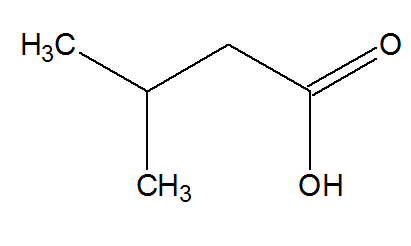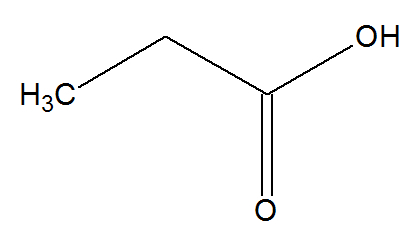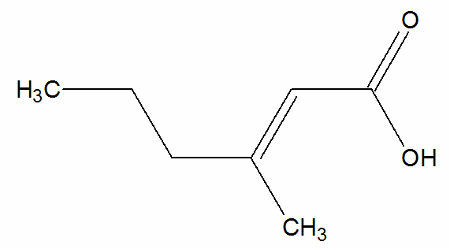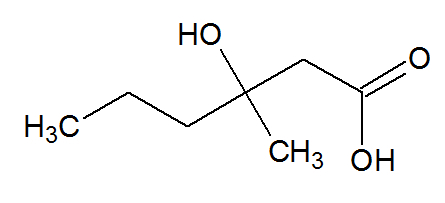Being careful with the armpit region is something very common in people's daily lives. The interesting thing is that all the care that we must have with this small and important part of our body is related to Chemistry. In this text, we will learn about the relationships between Chemistry and the armpits.
Before having a whole understanding of the relationship between chemistry and armpits, let's understand some important aspects first. O sweat of the armpits is produced by the calls sweat glands Apocrine (present in only some regions of the body, such as armpits and genitalia). See what is present in the sweat composition:
Water
mineral salts
carbohydrates
triglycerides
lactic acid
fatty acids
ammonia
ferric compounds
cell debris
In the armpit region, there are about one hundred trillion bacteria, that can be:
Corynebacterium
Staphylococcus
Micrococcus
Propionibacterium
each of these bacteria has the ability to metabolize many of the components present in sweat, with the exception of water and mineral salts. The result of the metabolism provided by bacteria in the armpits is the production of various chemical compounds. These compounds have a characteristic and unpleasant odor.
See now the structural formulas, the name and the characteristic odor of several of the substances produced by bacteria in the armpit region, like some carboxylic acids:
Isovaleric acid (has a characteristic odor of cheese, such as foot odor):

Propionic acid (has characteristic cheese odor):

Acetic acid (has a characteristic odor of vinegar):

3-Methyl-2-hexenoic acid (has characteristic goat odor)

3-hydroxy-3-methyl-hexanoic acid (has a characteristic odor of cumin)

As we have seen, the bad odor in the armpit region is caused by the presence of thousands of bacteria and the acids they produce. So to solve the bad smell problem, just use the following "chemical outputs":
Sodium bicarbonate (salt with basic properties that neutralizes all acids produced by bacteria);
Antibacterial deodorant (it has substances with the property of killing bacteria present in the armpit region).
Some hygiene measures are also welcome:
Shave the axillary region, as the hair can concentrate a greater amount of bacteria;
Wash your underarms well with mild soap to avoid excessive sweat production;
Always dry your armpits well after showering (excess moisture in the axillary region can cause bacteria to proliferate; therefore, it is interesting to use an antiperspirant deodorant);
Avoid using synthetic clothing.
By Me. Diogo Lopes Dias
Source: Brazil School - https://brasilescola.uol.com.br/quimica/quimica-das-axilas.htm

